Top 10 Things to see & do in Luxor Egypt
Things to see in Luxor: DESPITE THE LARGE NUMBERS OF TOURISTS IT ATTRACTS, Luxor is little more than a small town on the banks of the Nile. Hundreds of thousands of international visitors flock here to marvel at what the modern town was built upon, which is the spectacular ruins of Thebes, vast capital of the pharaohs during the New Kingdom (1550–1069 BC). Only two temples remain – Luxor Temple in the heart of the town and the Karnak temple complex just north of the town. Both were renowned throughout the ancient world and have attracted visitors ever since ancient Greek and Roman times. Even more extraordinary are the sites on the West Bank, which is where the pharaohs built their grand funerary temples and tombs. Cross by ferry or over the road bridge. Tickets for these monuments need to be bought in advance from a ticket office on the West Bank.
1- Karnak
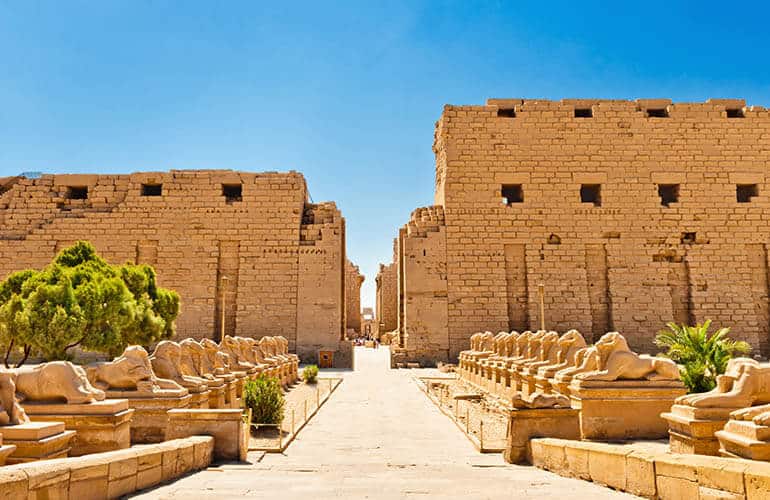
The greatest of all Egypt’s ancient monuments is this vast complex of multiple temples, courts and shrines. Karnak was a political, religious and military powerbase, home to the pharaoh, the high priests and an enormous corps of administrators. Pharaohs from the 12th to the 22nd Dynasty ruled from here, including Ramses II and Tutankhamun, and most of them left their mark in some way. There is so much to see that it is worth visiting both by day and again by night for the Sound and Light Show.
- 2- Luxor Temple
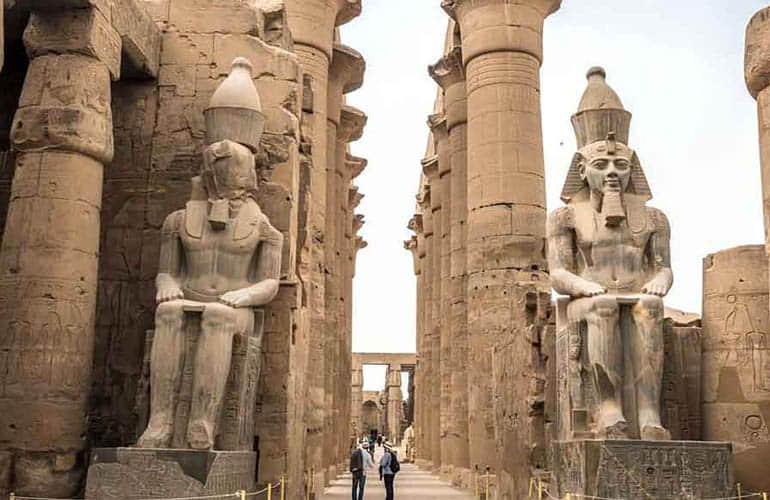
The modern town has grown up around this temple, which occupies a prime, central spot beside the Nile. It exerts a commanding presence, acting as a constant reminder of how much in thrall to the pharaohs the modern town remains. Majestic by day, the temple takes on an unearthly quality by night when precision flood lighting adds drama to the huge stone figures and the carved reliefs that cover most surfaces.
3- Luxor Museum
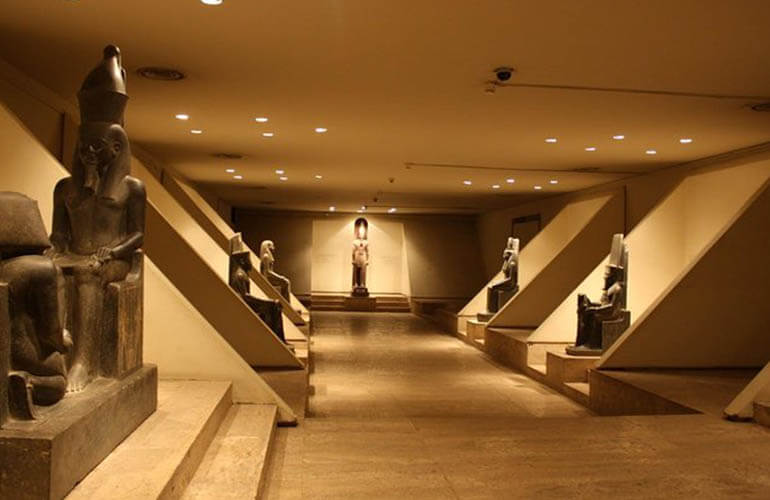
Situated on the Corniche halfway between Luxor Temple and Karnak, this modern, purpose-built museum exhibits an excellent collection of statuary and artefacts, almost all of which were found in tombs and temples in the Luxor area. Unlike most other museums in Egypt, the presentation is world-class, with pieces well lit and informatively labelled in multiple languages, including English. A visit here will greatly enhance your appreciation of Luxor’s many monuments.
4- Mummification Museum
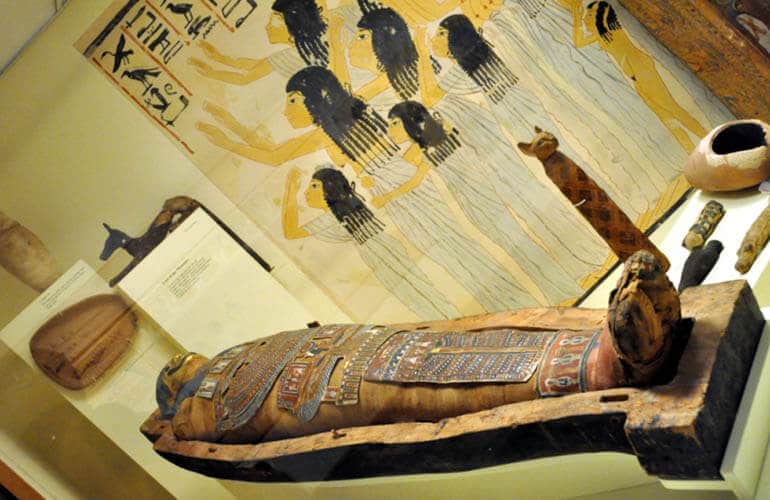
Although not large, this museum manages within a relatively compact space to explain not only the methods of mummification – occasionally in quite alarming detail – but also the reasons for it. Choice ancient artefacts illustrate the texts, including materials and tools used in the mummification process. The symbols and icons of the afterlife are also clearly explained via pictorial boards. There are also plenty of intriguing, fun exhibits, including a mummified cat and ram, a cross-section of a mummified skull stuffed with material where the brain has been removed and a piece of a mummified toe.
5- Valley of the Kings
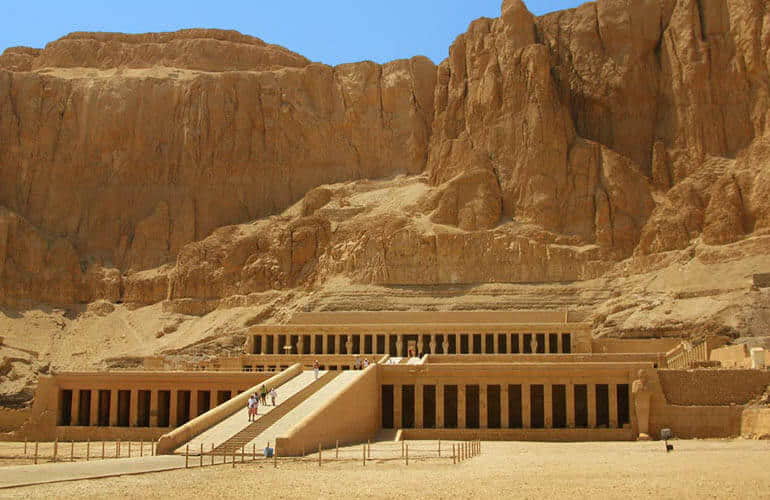
Valley of the Kings is one of the best things to see in Luxor, by digging their tombs deep into the Theban Hills the pharaohs hoped to stop robbers stealing the priceless possessions buried with them. It was an unsuccessful strategy. Every burial chamber discovered to date had been raided except for those of Yuya and Thuya and Tutankhamun (see p40–41). The vacant tombs are fascinating, with the corridor walls and burial chambers stunningly adorned with painted reliefs designed to help the pharaoh navigate the Underworld.
6- Ramesseum
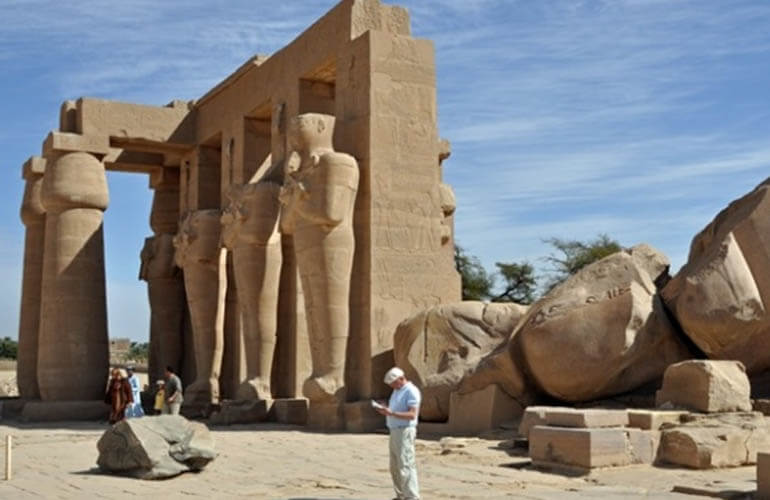
Ramses II was the ruler of Egypt for 67 years and he built his mortuary temple as a statement of his eternal greatness. The huge complex dedicated to Amun, which took almost 20 years to build, now lies mostly in ruins with only some columns still standing.
7- Temple of Hatshepsut
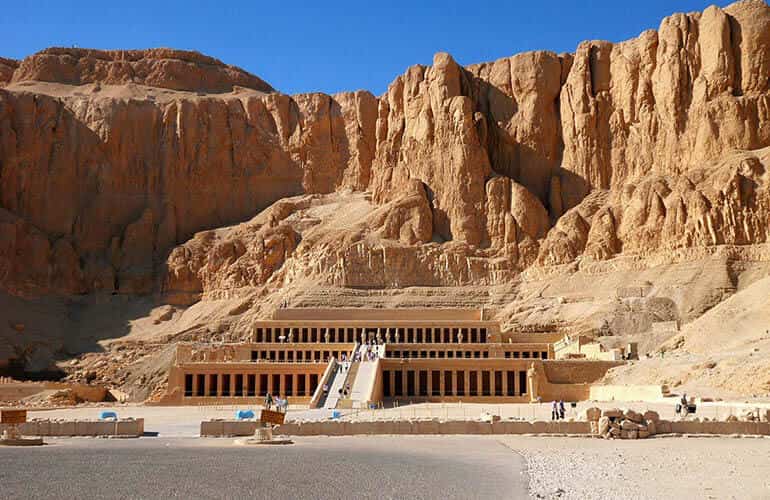
Against its stark mountainous backdrop, the partly rock-hewn Mortuary Temple of Hatshepsut is an awe-inspiring sight and one of the most popular monuments on the West Bank. It was designed by Queen Hatshepsut’s architect Senenmut in the 18th Dynasty. The temple was damaged by Ramses II and his successors, and Christians later turned it into a monastery (hence its alternative name, Deir al-Bahri, which means “Northern Monastery”). Ongoing restorations of the site have done much to revive former glories and have revealed some exquisite decoration, Temple of Hatshepsut is one of the highly recommended things to see in Luxor.
8- Medinat Habu
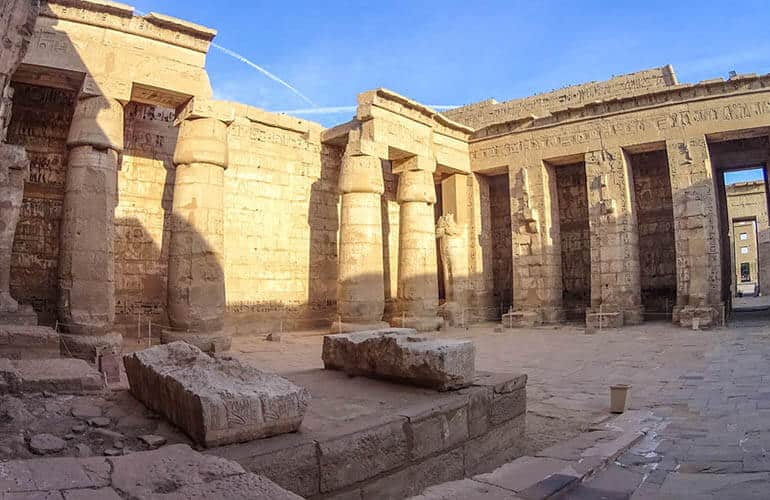
It is a great mystery why this magnificent mortuary temple raised by Ramses III is not visited more. It is second in size only to Karnak, and is in a far more complete state than the nearby Ramesseum, on which MedinatHabu is modelled. Ramses III’s military campaigns are recorded in detail on the main entrance pylon and on the walls inside. In the second court, colourful reliefs are well-preserved thanks to early Christians, who converted a part of the temple into a church and covered the offending images with plaster.
9- Colossi of Memnon
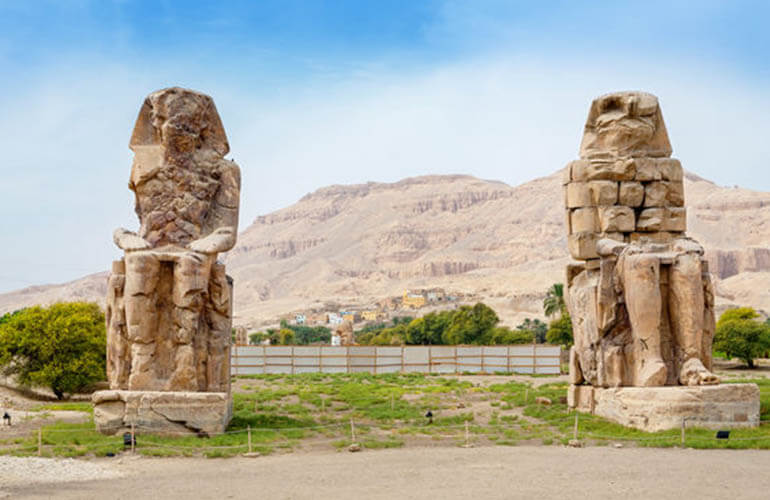
Standing in a field beside the road that runs from the Nile to the Theban Hills, these two lone colossi are the first things most visitors see on arriving at the West Bank. They represent Amenhotep III and are all that is left of the pharaoh’s mortuary temple, thought to have been the largest ever built in Egypt. The temple was gradually destroyed by the annual floods of the Nile and plundered for building material by later pharaohs.
10- Tombs of the Nobles
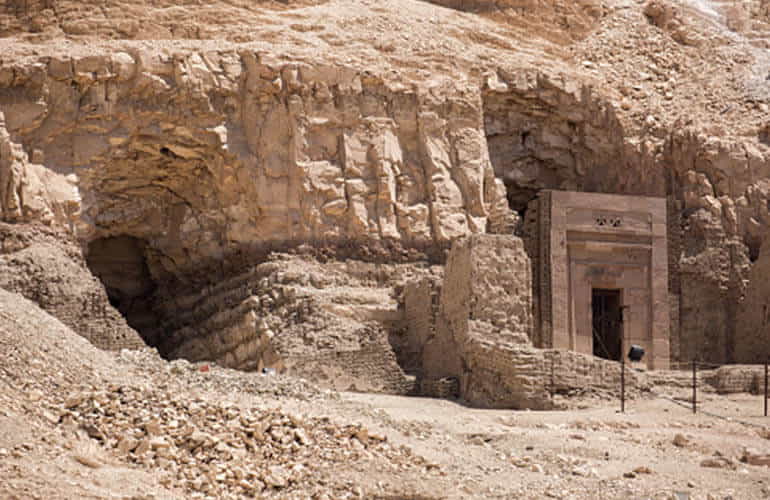
These are the tombs of the administrators and high officials of the New Kingdom. In contrast to the royal tombs hidden in the Valley of the Kings, the nobles’ tombs were built close to the surface and were open to descendents to visit and leave offerings. Vivid artworks cover their walls, providing an insight into daily life in ancient Egypt. The tombs are divided into six groups, each of which requires its own ticket.
Enjoy this Video to know more about the best things to do in Luxor:
Related tours from Cleopatra Egypt Tours:






